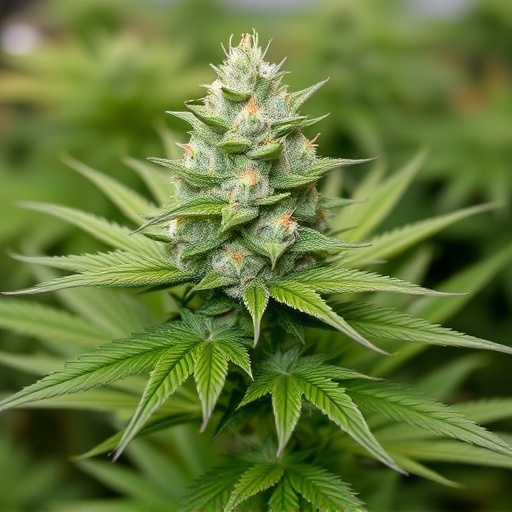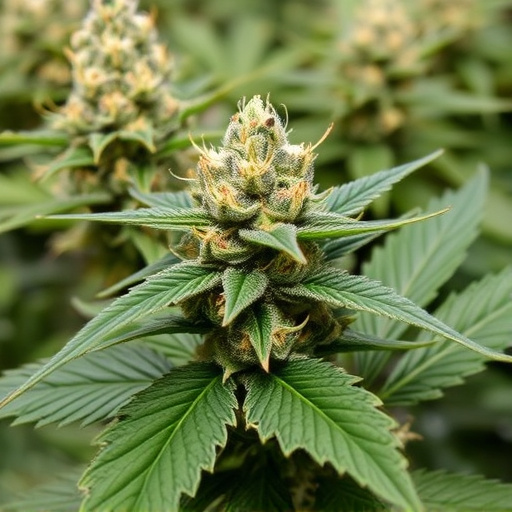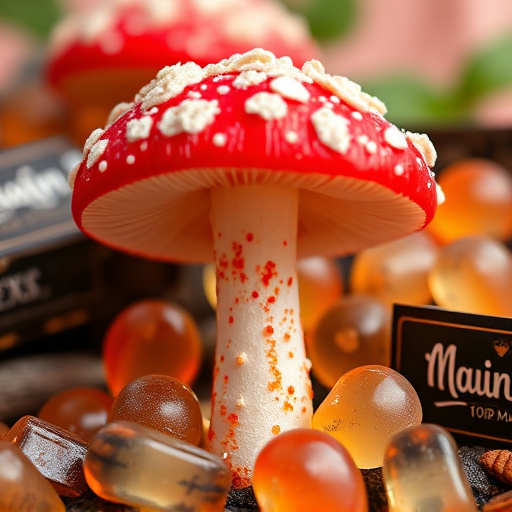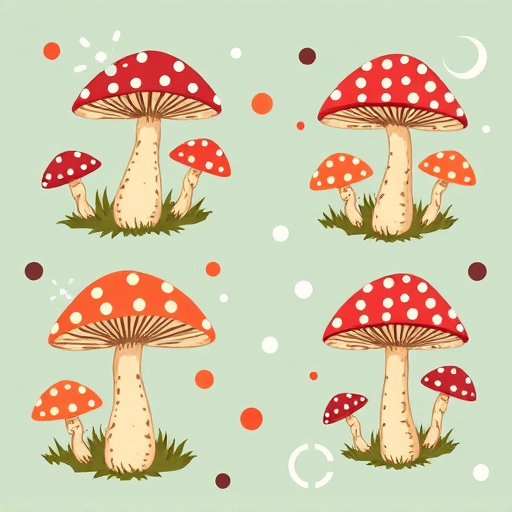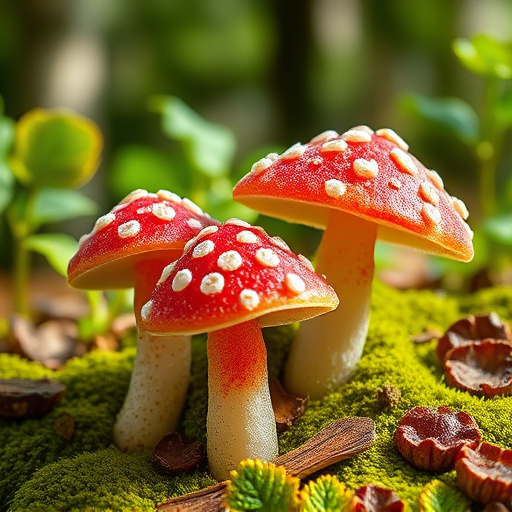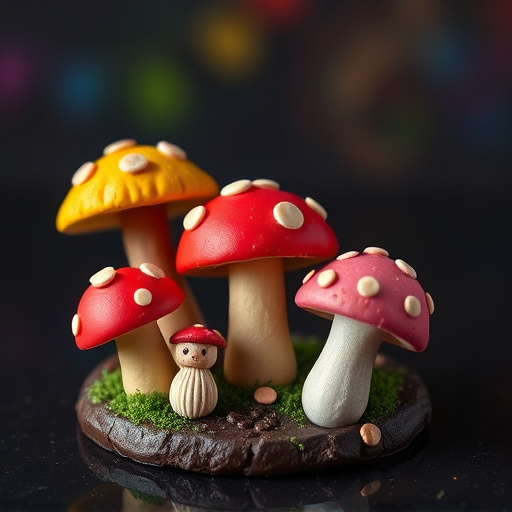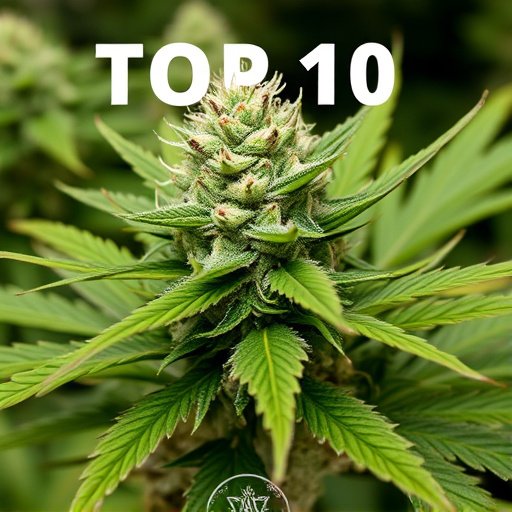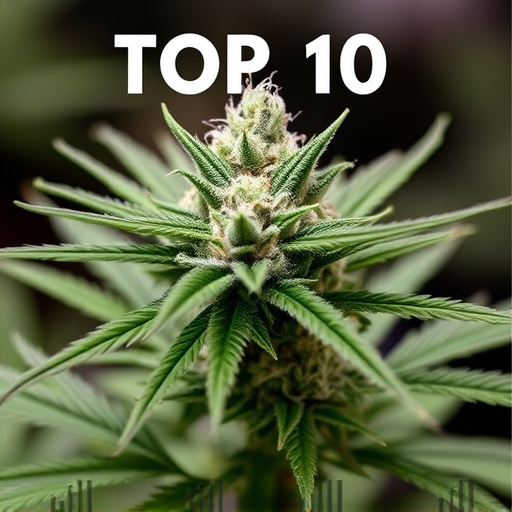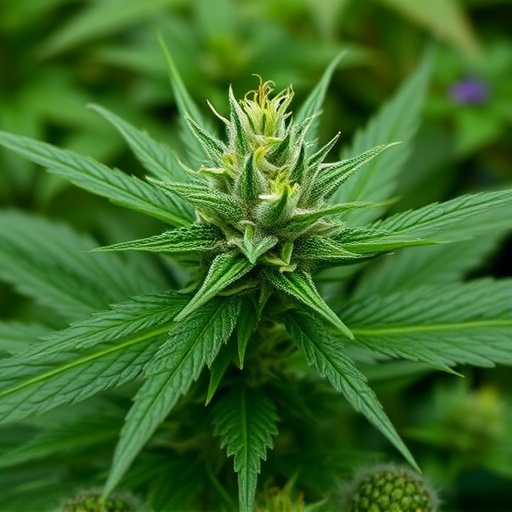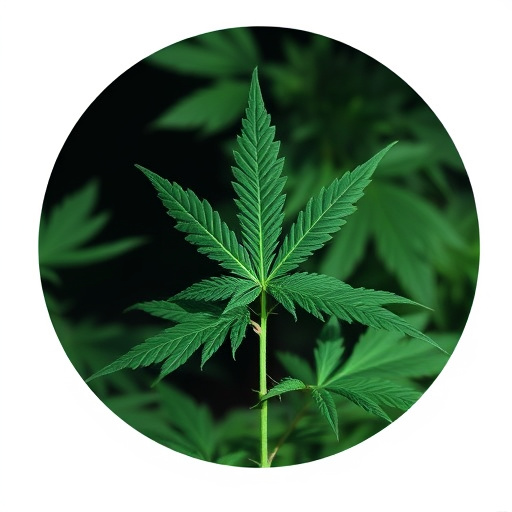Trichomes, microscopic structures on cannabis flowers, are vital for the plant's defense and unique chemical profile. They produce compounds like THC, CBD, and terpenes, key to potency and flavor. Observing trichome density in top 10 strains of cannabis helps predict experiences—from energetic to relaxing effects—making their understanding essential for enthusiasts navigating the growing market.
“Unraveling the secrets within the cannabis flower lies a fascinating world of trichomes—microscopic structures that play a pivotal role in shaping the plant’s unique characteristics. This article delves into the intricate details of trichomes, their significance in cannabis cultivation, and how they contribute to the diverse profiles of top 10 strains known for their remarkable resin and terpene expression. From Blue Dream’s heavy trichome coverage to Cherry Pie’s vibrant appearance, understanding these microscopic marvels offers cultivators and enthusiasts a deeper connection to the plant.”
- What Are Trichomes and Why Are They Important in Cannabis?
- – Definition and structure of trichomes
- – Their role in cannabis flower development and quality
What Are Trichomes and Why Are They Important in Cannabis?
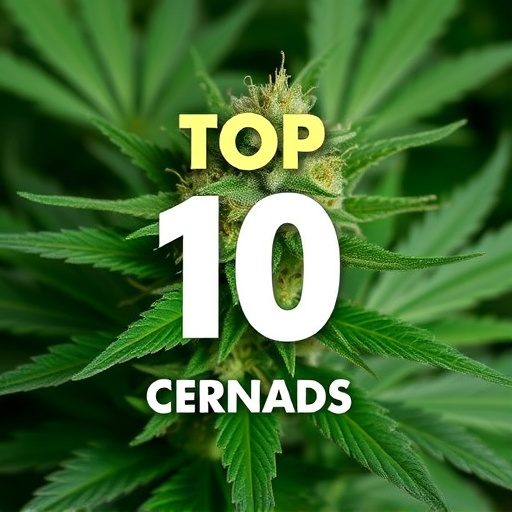
Trichomes are small, hair-like structures that cover the surface of cannabis flowers and leaves. They produce and secrete a wide range of compounds, including cannabinoids like THC (tetrahydrocannabinol) and CBD (cannabidiol), as well as terpenes, which give cannabis its unique aroma and flavor. These compounds play a crucial role in the plant’s defense mechanisms, attracting pollinators and protecting against predators.
In the context of cannabis, trichomes are important because they directly influence the potency and effectiveness of the plant. The more mature and dense the trichomes, often indicated by their milky or amber color, the higher the concentration of these compounds. Many consumers seek out top 10 strains of cannabis known for their rich trichome coverage, as this translates to a stronger and more pleasurable experience. Understanding trichomes allows cannabis enthusiasts to appreciate the intricate chemistry behind their favorite plants.
– Definition and structure of trichomes

Trichomes, often hailed as the “hairs” on cannabis flowers, are microscopic glandular structures that play a pivotal role in the plant’s unique properties and appeal to enthusiasts. These tiny protuberances cover the surface of cannabis buds, resembling tiny crystals or hairs under a microscope. Each trichome is composed of a main stalk and heads filled with resins, terpenes, and cannabinoids, including THC (tetrahydrocannabinol) and CBD (cannabidiol), which are responsible for the plant’s therapeutic effects and its distinctive aroma.
When exploring the top 10 strains of cannabis, understanding trichomes is key to appreciating their diverse profiles. Strains like Blue Dream, known for its energizing effects, often boast dense trichome coverage, indicating a potent concentration of cannabinoids. In contrast, Indica strains like Granddaddy Purple may have fewer but larger trichomes, emphasizing a more relaxing and sedative experience. This structural diversity contributes to the vast range of cannabis experiences, catering to various preferences in today’s burgeoning market.
– Their role in cannabis flower development and quality
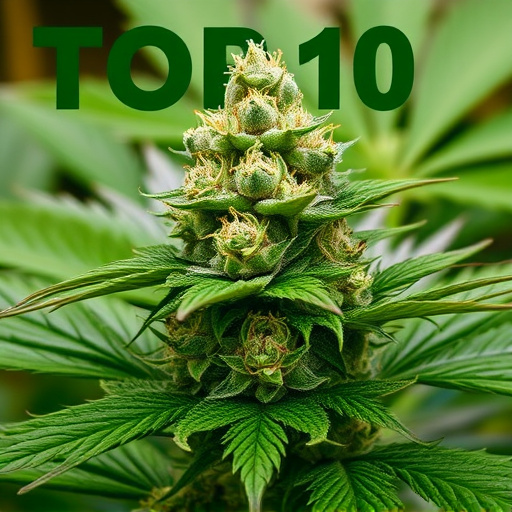
Trichomes, tiny hair-like structures, play a pivotal role in the development and quality of cannabis flowers, often sought after by enthusiasts and featured in the top 10 strains of cannabis. They are not merely cosmetic; instead, they produce and protect valuable compounds like terpenes and cannabinoids. These compounds contribute significantly to the unique aroma, flavour, and therapeutic effects associated with different cannabis varieties.
As the plant matures, trichomes secrete these compounds, encasing the flower in a sticky substance visible as resin. The density and size of trichomes directly impact the potency and desirability of the final product. Flower strains known for their potent effects often boast dense, large trichomes, while some prefer a more subtle presence. Understanding trichome development can thus enhance one’s appreciation of cannabis quality and help guide choices among the top 10 strains available.
